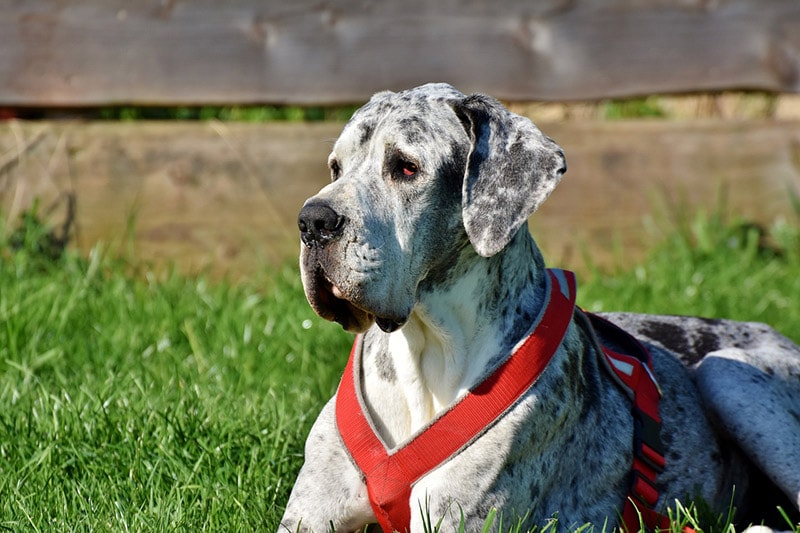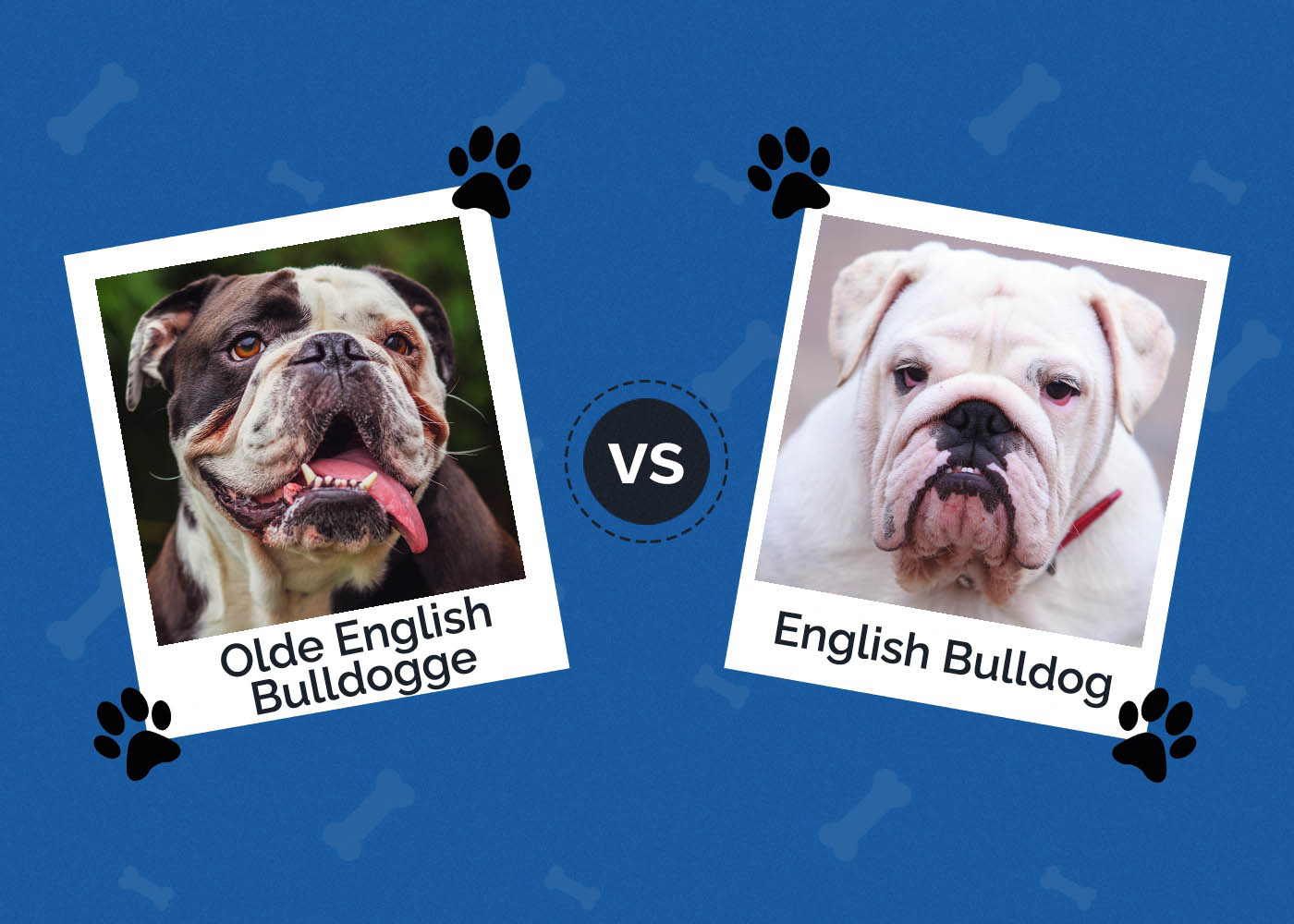Can Dogs Eat Raw Salmon? Vet-Approved Facts

Updated on
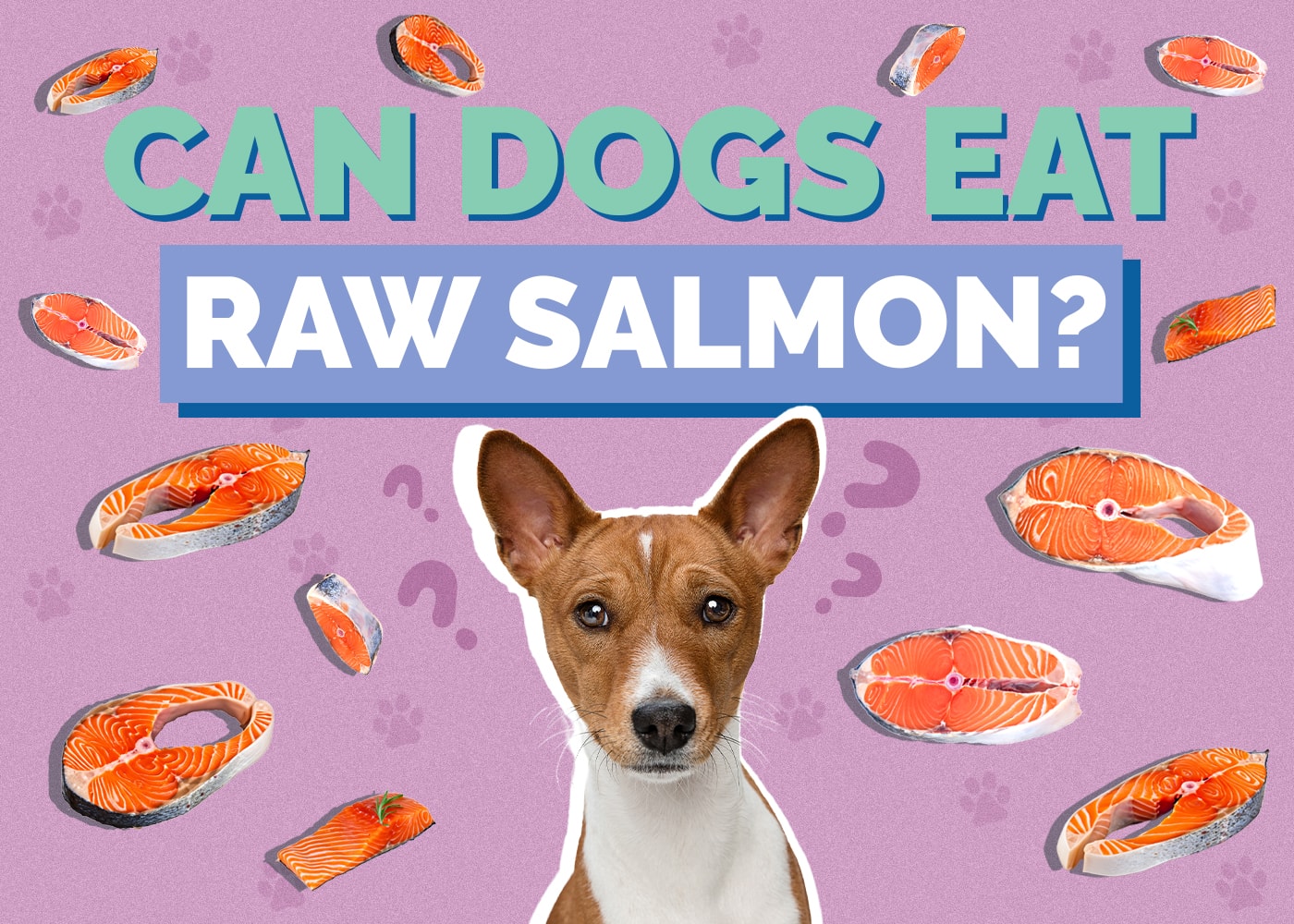
Salmon is a term used for several oily ray-finned fish in the family Salmonidae. Around the world, salmon is very popular as a food item. One common way that salmon is eaten is in sushi, where it is typically raw.
As a dog owner, you might be wondering if raw salmon is safe for dogs. Dogs should not be fed raw salmon as it isn’t safe for them.1 Salmon has many health benefits when prepared correctly. In this article, we’ll dive into the dangers of raw salmon and the health benefits of properly cooked salmon.
Why You Shouldn’t Give Raw Salmon to Your Dog
Raw salmon may contain certain flukes, also known as flatworms, which are a type of parasite. These flukes can harbor a bacterium within them called Neorickettsia helminthoeca. This bacteria can cause a condition known as salmon poisoning disease (SPD). The name can be slightly misleading: despite the word “poisoning” in the name, there’s no toxin involved in this disease process.
Signs of salmon poisoning disease often appear within 5 to 7 days after ingestion of raw salmon and include the following:
- Fever
- Lethargy and weakness
- Anorexia, also known as a complete loss of appetite
- Vomiting
- Diarrhea, which often contains blood
- Enlarged lymph nodes
- Extreme Dehydration
- Extreme Weight Loss
- Though called Salmon Poisoning Disease, dogs can also get this from raw trout and other freshwater fish.
Raw salmon also contains small bones that can choke your pup. These brittle bones can lodge in a dog’s intestine or stomach, causing pain and discomfort. They may also perforate, or tear, the lining of your dog’s esophagus or intestines.
What to Do if You Accidentally Give Raw Salmon to Your Dog
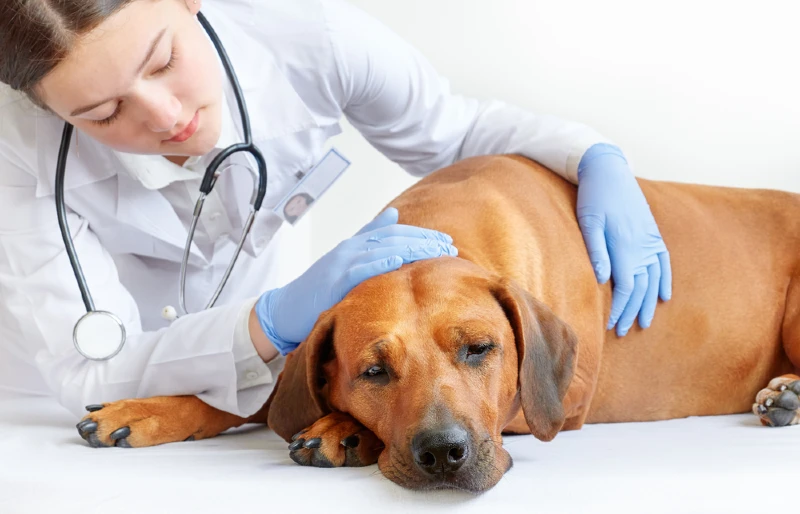
If you’ve accidentally given your dog raw salmon or suspect that your dog has ingested raw salmon, take them to a vet immediately, even if they aren’t showing any signs of salmon poisoning disease at that moment.
Your vet can ascertain the extent of the disease, give your pup a health check-up to ensure everything is okay, and prescribe any medication or treatment that they deem is appropriate. Dogs that are showing signs might be hospitalized for close monitoring and prompt treatment.
Left untreated, salmon poisoning disease can be fatal, and earlier intervention give your dog a better chance of survival. Therefore, it is imperative to make your way to the vet as soon as possible if you ever suspect your dog has ingested raw salmon.
Can Dogs Eat Any Raw Fish?
How to Prepare Salmon for Your Dog
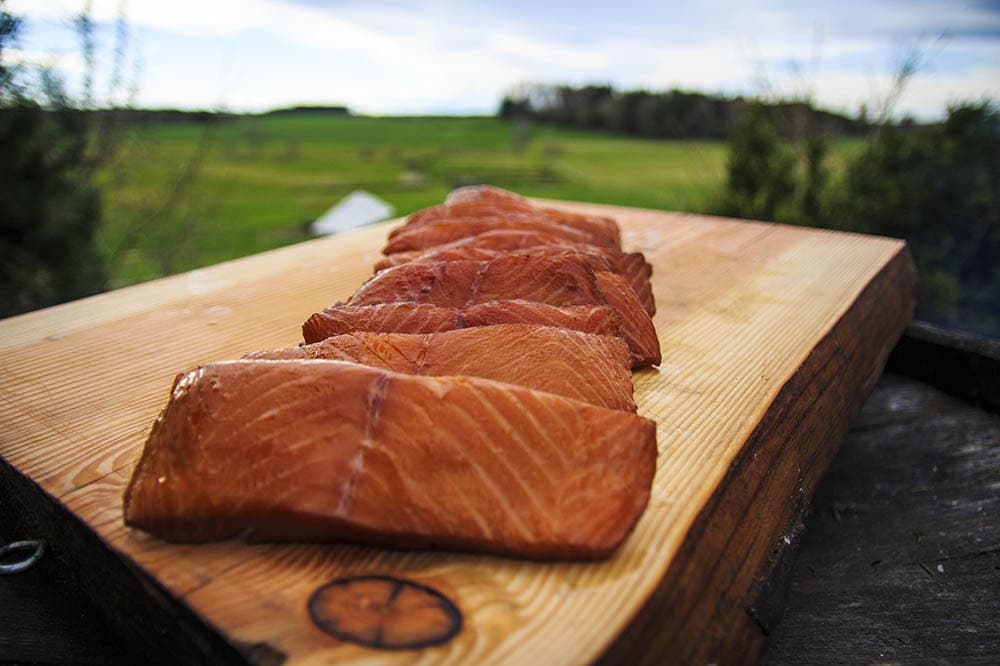
When buying salmon for your dog, get fresh fish, preferably a boneless filet. These are less likely to have small, brittle bones that you don’t want your pup eating.
You can roast, steam, poach, bake, or grill salmon. When preparing salmon for your dog, do not add any oil, seasonings or spices onto the filet or during the preparation process. Remember that some seasonings, such as onions, garlic, and chives, are toxic for dogs.
A Salmon Recipe for Your Dog
A good salmon recipe for your canine friend is a mini omelet. The recipe requires two eggs, half a cup of cooked salmon, and half a green pepper.
Beat the eggs in a bowl and add them to a hot skillet with the salmon pieces and the diced pepper. Pour it over the heated pan and wait for the omelet to be cooked. Let it cool before serving. Remember, don’t use any oil or seasoning!
How Healthy Is Salmon for Dogs?
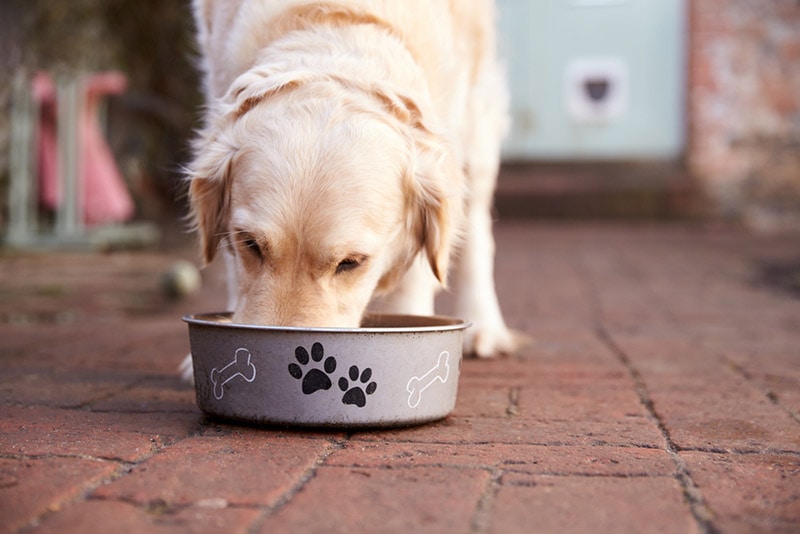
Salmon is a healthy addition to your pet’s diet. For one, it is rich in protein. The Association of American Feed Control Officials (AFFCO) recommends a minimum 22% daily nutritional intake of protein for puppies and 18% for adults.
One hundred grams of salmon contain 22 to 25 grams of protein. Salmon also contains about 13 grams of fat per 100 grams. However, much of the fat in salmon is unsaturated, which is also known as the “healthy fat”.
Salmon is also a source of omega-3 fatty acids, which can help improve your pet’s skin and coat health. It also helps reduce inflammation. Omega-3 fatty acids can improve your dog’s joint health, too.
The good thing about salmon is that even picky eaters seem to enjoy it. In one study, dogs were divided into individual groups, with each group getting a kibble diet containing a protein source. Dogs who got kibble with salmon had higher palatability scores compared to the group that got chicken.
Conclusion
Salmon is healthy for your dog, but only if it is cooked. Raw salmon may contain Neorickettsia helminthoeca, a bacterium that can cause Salmon Poisoning Disease in dogs. Delayed treatment of this disease can prove fatal.
Pet owners should cook salmon before giving it to their dogs. You can bake, grill, broil, or poach salmon. Salmon is rich in proteins, omega-3 fatty acids, and other vitamins and minerals that can provide your dog with essential nutrients while keeping them healthy and happy.
If you’re unsure of how much salmon you should feed your dog, talk to their vet or a pet nutritionist for tips and guidance.
Related Read: Can Dogs Eat Smoked Salmon?




